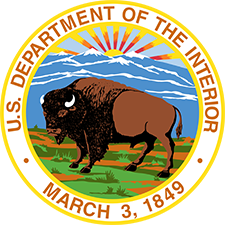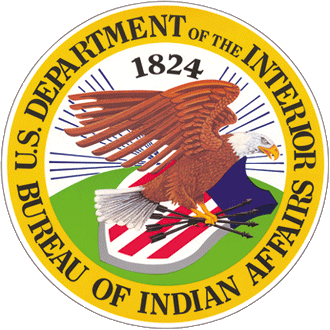Once a Tribe finalizes the decision to develop on their land, the Division of Energy and Mineral Development suggests that they follow a basic roadmap to increase the likelihood of success for their energy and mineral development project.
Company Formation
The formation of a legal entity to perform day-to-day operations is vital to the success of energy and mineral development businesses. The formal structure establishes the processes for how business should be conducted, offers legal protections, protects access to capital, and allows for financial flexibility.
-
Section 17 or Tribal LLC: The regulations and legal structure needs to be determined by competent and ethical legal advisors.
-
Governing Documents and By-Laws: By-law development requires legal guidance and provides to the board of directors with the rules to govern the business entity and communicates with the Tribal governing body.
-
Board: A group of experienced and ethical individuals who oversee the business entity
-
Start-Up Consultants: In the start-up and formation stage of any business entity, consultants who provide specialized services will be required.
-
Example: For an oil and gas company, a reserve reporting consultant and a financial audit firm will provide bankable documents that are required to secure a loan.
-
-
Financing: Access to loans for start-up costs and working capital are vital to success.
-
Loan guarantee: There are several federal agencies that provide loan guarantees on Tribal lands, including the Division of Capital Investment (DCI) and the Department of Energy (DOE)
-
Finding Opportunities
Discovering the right opportunities can involve word of mouth, macroeconomic conditions, solicitations, and geotechnical work to acquire new prospects.
- Transition: Once a target is identified and a Letter of Intent (LOI) or Purchase Agreement (PA) is signed, the asset must be investigated thoroughly and a hand-off plan must be developed.
- Due Diligence: The process to investigate the asset can be divided into several sections.
- Environmental Review: Be aware and ensure environmental procedures and protocols are met such as oil, water, or gas leakage, etc.
- Equipment Review: Overview of the quality and status of equipment on site
- Intellectual Property Review: Ensure that all data collected such as well data, field data, well files, and well logs are collected and kept on file.
- Personnel Review: If there are were personnel working on the asset before the acquisition of the asset, the decision about whether to continue working with them or bringing in new personnel must be made.
- Due Diligence: The process to investigate the asset can be divided into several sections.
- Transition Plan: The who, what, when, where and how of the orderly transition from the seller to the Tribal business
- Who: Who will the acquisition targets be transferred from?
- What: What will be included in the transfer plan?
- When: When will it be transferred?
- Where: Where will it be transferred?
- How: How will it be transferred?
- Contracts:
- Marketing Contract: Determine who the product will be transferred through and the value of the distributed product.
- Power Purchase Agreement (PPA): If the asset is electrified, purchasing power form the local utility will be required.
- Roustabout Crew Contract: There are roustabout crews contracting companies who specialize in lease maintenance.
- Contract Operator: If the Tribal entity will not have direct employees operating the asset, a contract operator can provide the operation services.
- Accounting Firm: A firm can manage accounts payable, accounts receivable, production accounting, and royalty payments.
- Regulatory Firm: If the Tribal entity does not have personnel on hand to handle regulatory work, then a contract regulatory firm can provide services to ensure all regulatory needs are met.
Additional Information
Related Pages
Contact Us
Lakewood, CO 80401-3142


